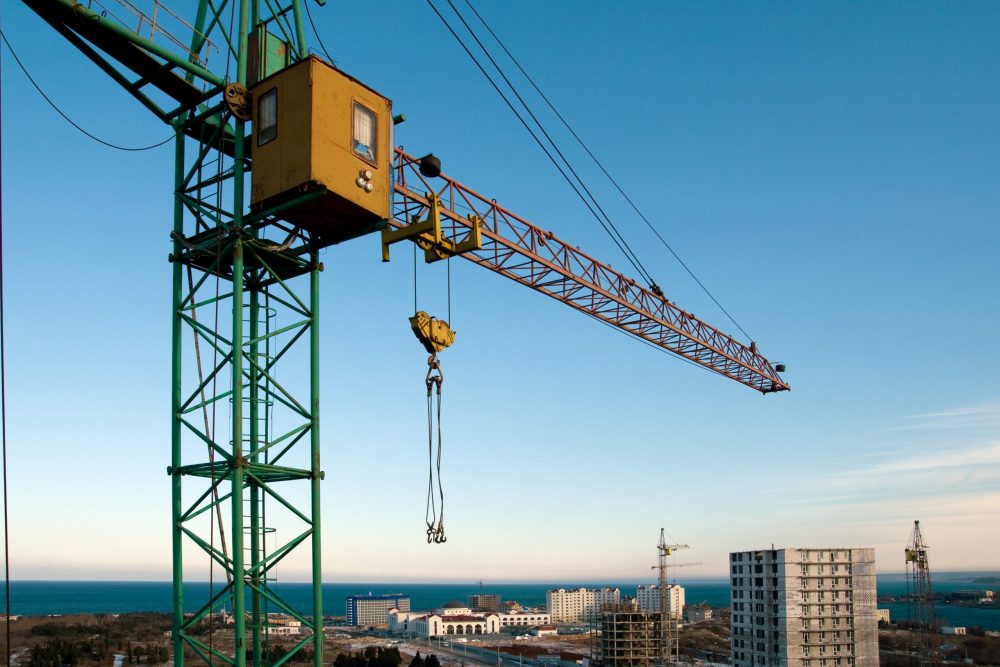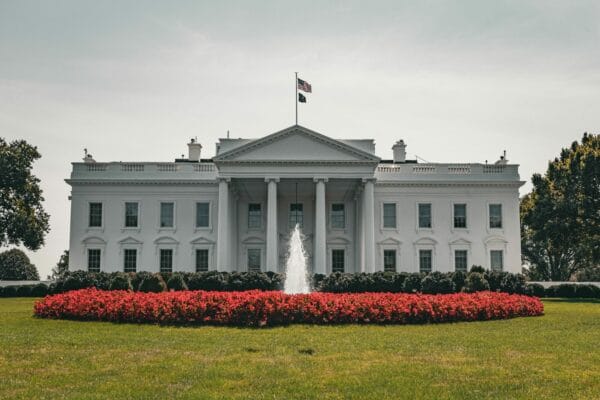By Vincent Salandro | Multifamily Executive
Regulation imposed by all levels of government accounts for an average of 40.6% of multifamily development costs, according to joint research released by the National Association of Home Builders (NAHB) and the
National Multifamily Housing Council (NHMC). Changes to building codes in the past 10 years (11.1%), costs when site work begins (8.5%), and development requirements (5.4%) account for the largest share of regulatory costs for multifamily developers, the research finds.
Apartment developers also facing zoning requirements, building codes, impact fees, permitting requirements, design standards, public land requirements, federal OSHA regulations, and other labor requirements. The NAHB and NMHC say many regulations play important roles in ensuring the health and well-being of the public, but many regulations, such as design standards, “go far beyond those important goals and impose costly mandates on developers that drive housing costs higher.” Other regulations are duplicative and require resources to confirm compliance with multiple regulators, according to the organizations.
“The U.S. is facing a serious housing affordability crisis, in part, because of this overly burdensome regulatory environment,” says Doug Bibby, NMHC president. “We need to do all we can to lower the cost of housing, and that should start with eliminating duplicative and unnecessary regulations. Those extra costs make many projects financially unviable given that housing providers are already dealing with sky-high land, materials, and labor costs.”












